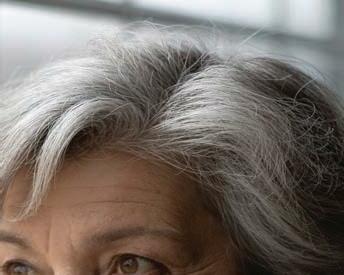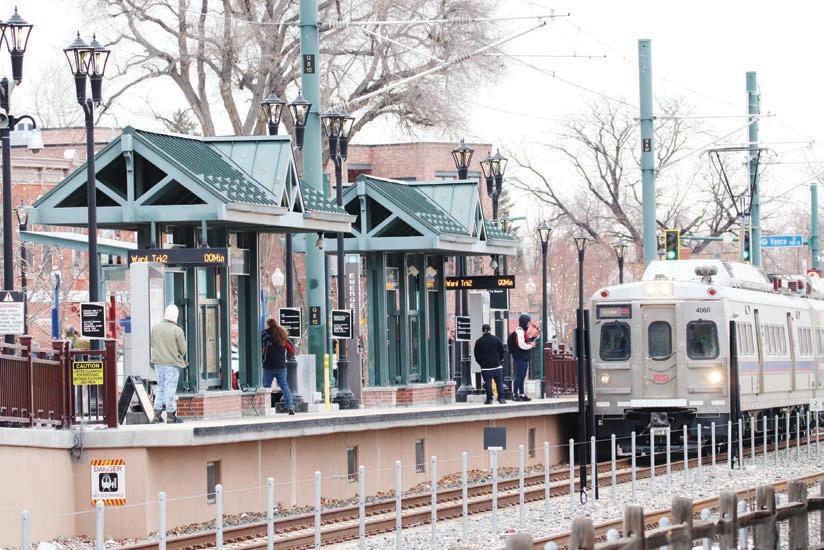
1 minute read
GROWTH
restaurants are within walking distance” went from 47% in 2019 to 39% in 2021.
e Pew Research Center said the shift occurred during the COVID-19 pandemic with increased “telework, remote schooling and pandemicrelated restrictions on indoor dining and other indoor activities.”

Despite attitudes shifting against density, Riger said the region mostly will densify with many municipalities at build-out and reaching their outward boundaries as population increases.
“I think it’s going to be a mix of growing out and growing up,” he said.

With higher density comes transit options, because land use is a transportation strategy.
According to the Colorado Department of Public Health, transportation was the second largest greenhouse gas contributor for the state by sector, losing to electric power as the rst.
With mixed-use, well designed, higher density areas, residents are able to walk more, reduce their travel times and distances, and have the ability to support transit lines and bike lanes.
An example could be seen in Olde Town Arvada.
Housing on transit lines

Since Cook moved into Arvada back in 1983, she’s seen the city transform into something di erent, crediting transit oriented development with bringing life into Arvada’s Olde Town. e city prevailed and the new transit oriented development transformed Arvada, Cook said. It created a center that attracts citizens from around the area and which bene ts merchants, restaurants and others.






Cook, along with several others, teamed up with Forward Arvada, a nonpro t looking to revitalize Olde Town in the 90s. ey tasked themselves with making an idea — to run a train line along decommissioned railroad tracks — into a reality to make sure Olde Town began to thrive.
Eventually, the G Line opened in 2019 and development began to spring up.
It didn’t happen without opposition, though. Residents voiced concerns over sacri cing the historical character of the town. In fact, the city faced lawsuits from a group called All the People regarding approving development plans to add to the transit oriented development, or TOD.
All of that can also be attributed to the mixed-use, higher density design model, where someone can live above a bakery or right next to a co ee shop.
With less emphasis put on cars, which Cook sees as a good thing, residents can live in a place where they can walk to various places. She said it contributes to more of a family feel.
See more on urban sprawl online at coloradocommunitymedia.com/ longwayhome/index.html.




